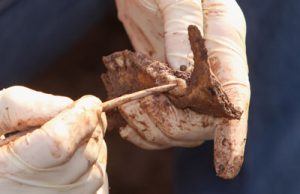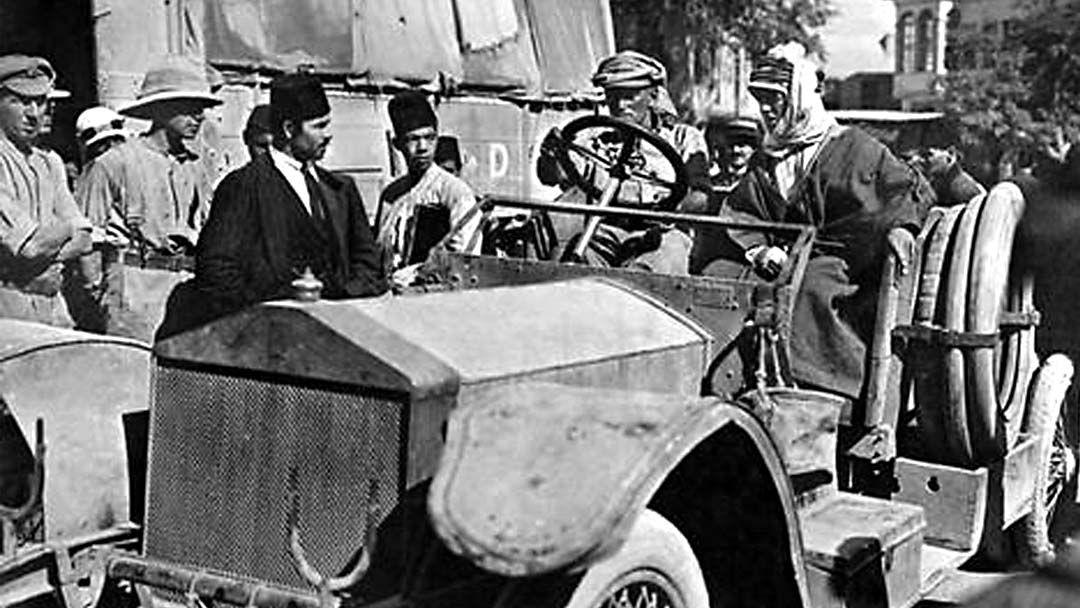According to extensive reports from the investigations, the corpse of the 30-to-40-year-old woman was found in an area known as Death Valley because it was a grimly popular spot for suicides since medieval times. The cause of death was burns and carbon monoxide poisoning and an autopsy found traces of up to 50 sleeping pills. The nude body and her clothing were described as being arranged in what could have been a ceremonial manner. Witnesses were found who had seen her alive but none could identify her. Two suitcases traced to her contained clothing and pill bottles with all labels and identifying marks removed. Only partial fingerprints were found but she was eventually linked to 13 names, all fake, and appeared to have traveled Europe extensively. The coded diary and burned passport suggested to some she was a spy, possibly for the Soviet Union or Israel. She was given a Catholic burial in an unmarked grave in a zinc coffin to preserve her remains.
In other words this lady and her death were steeped in mystery from several dimensions. Why did she seem to come from nowhere? Was she just a drifter, a woman with no power and very little past, an easy target? Did she and her passing have special significance, and is that why her killer seemed to work so hard at erasing her identity? Norwegians have been fascinated with the case for decades now.
 Scientists believe they may have made a major breakthrough in efforts to solve a decades-long mystery of a burned body found in Norway 1970.
Scientists believe they may have made a major breakthrough in efforts to solve a decades-long mystery of a burned body found in Norway 1970.
New forensic analysis on the teeth of the unidentified “Isdal woman” found chemical traces which may tell investigators where she grew up.
The results narrow the search to an area along the French-German border.
It is the first time Norwegian police have used the technique – but the findings have been so specific they may now make it much easier to find people who knew the woman.
“It’s actually quite a narrowed-down area that she most probably originated from,” associate professor Jurian Hoogewerff at the University of Canberra in Australia – an expert in the technique…asserted.
Past analysis of her DNA and handwriting has already suggested the Isdal woman may have come from Europe – possibly France.
“When I superimpose the maps, we can exclude several areas. The red sections show the highest probability of her whereabouts during the time when her teeth where formed.
Sometimes Science as subtle as a whisper produces results as loud as a roar, a clear, high volume signal of what might have happened. Such is purported to be the case with this type of isotope analysis registering the fingerprints of the very earth and its elements a kind of geological DNA registering the fingerprints of the very earth and its elements.
Because the isotope analysis tracks compounds absorbed at specific stages of tooth development, the researchers now think the Isdal woman moved from eastern or central Europe further west between childhood and adolescence.
And while the age of the woman at the time her death was unknown, some of the indicators in the teeth suggest she may have moved just before or during World War II, NRK reports.
This forensic tool holds quite a potential, it may be extremely powerful in yielding new information. Carbon dating can give us periods of time for mysteries that stretch back into antiquity, and of course fingerprints and DNA can distinguish individuals one from another.
But if we can now track isotopes tooth by tooth we may have the means to both identified a time parameter and the geographical history for the John Doe or Jane Doe cadaver.… isn’t it always exciting when new science closes in on those who would love to keep secrets?














